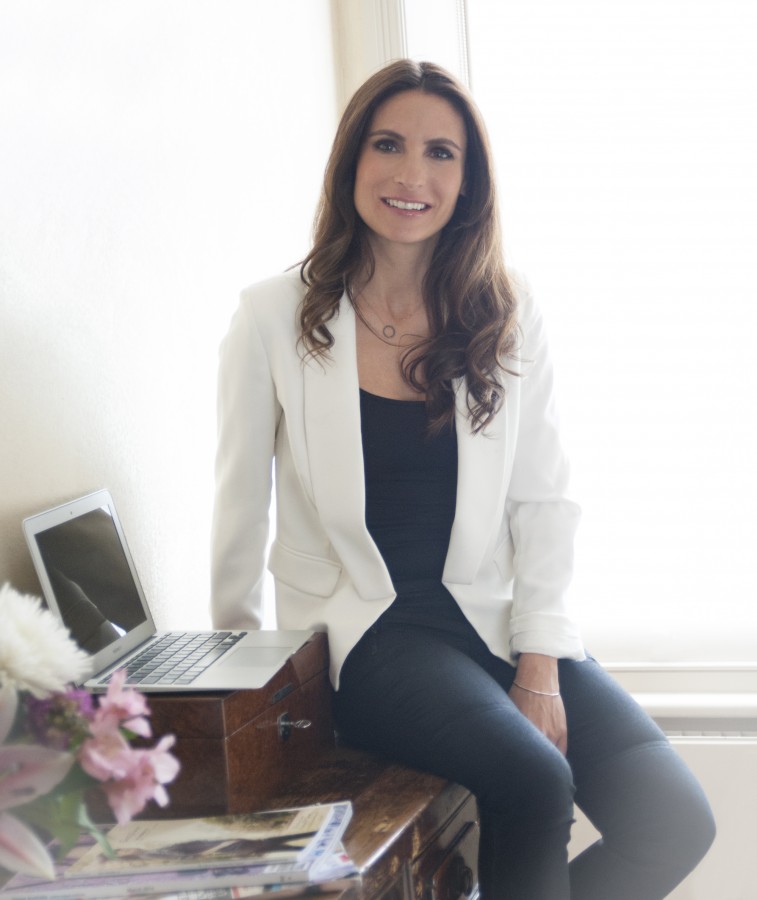Entrepreneur and fashion designer Cecile Reinaud shared her experiences with Oxford girls in the last week of Hilary term as part of the St Edmund Hall celebration of women. Reinaud founded the maternity fashion label Séraphine in 2002 which by now has a £14 million annual turnover and sells on all six continents. Here are the five aspects that turned her startup into a global success story.
1. Experience
Reinaud stresses that while some freshers start businesses that really take off, this is unlikely. Her success is largely due to seven years of experience in the advertising and PR industry. While she encourages young women (and men) to dare to be entrepreneurial, she stresses that it is important to get some experience beforehand.
2. Luck and Hard Work
“Many entrepreneurs will tell you that luck was needed for a successful business”, says Reinaud, but without a lot of hard work these moments of luck cannot happen and be seized appropriately. Séraphine’s luck was that many celebrities fell in love with the label, including Claudia Schiffer, Gwen Stefani, Kate Winslet, Angelina Jolie and most importantly the duchess of Cambridge.
3. Niche
Reinaud founded the label when pregnant colleagues asked her for fashion advice as maternity fashion was a nightmare at the time. She herself had, however, never been pregnant. During her first pregnancy, which followed soon after she founded the company, she designed a number of items that are still bestselling items today. This is, Reinaud explains, because they look great. Her quality check is asking the question: “Would I wear this even if I was not pregnant”. Another reason for the success is that the items are functional. For instance, she invented the jeans with a belly stretch band and a snap closure system for nursing access.
4. Endurance
Like every entrepreneur, Reinaud also faced crises. The first crisis was a personal one, based on the decision to have her first child after just starting the label. While her pregnancy greatly improved the collection, the double stress of having a child and business combined with a post-natal depression were tough. A second problem was the financial crisis. While prices had always been reasonable at Séraphine – “we did not want to be a niche within a niche” – they had to be lowered even further during the crisis. But, luckily, pregnancy is not dependent on the stock exchange, so Séraphine survived.
5. Will to Learn and Collaborate
“How did you acquire the new skills needed for starting this business?” a young woman in the audience wanted to know. Reinaud explained how she knew how to build a brand and brand recognition from her previous job. The designing part had been merely a hobby before. Initially, she employed pattern cutters and tailors on a freelance basis to work with them and learn from them. She emphasises that from the beginning all designs had her signature. Her advice to young entrepreneurs is to be aware of your skills and employ people with complementary skills once you can afford it.



